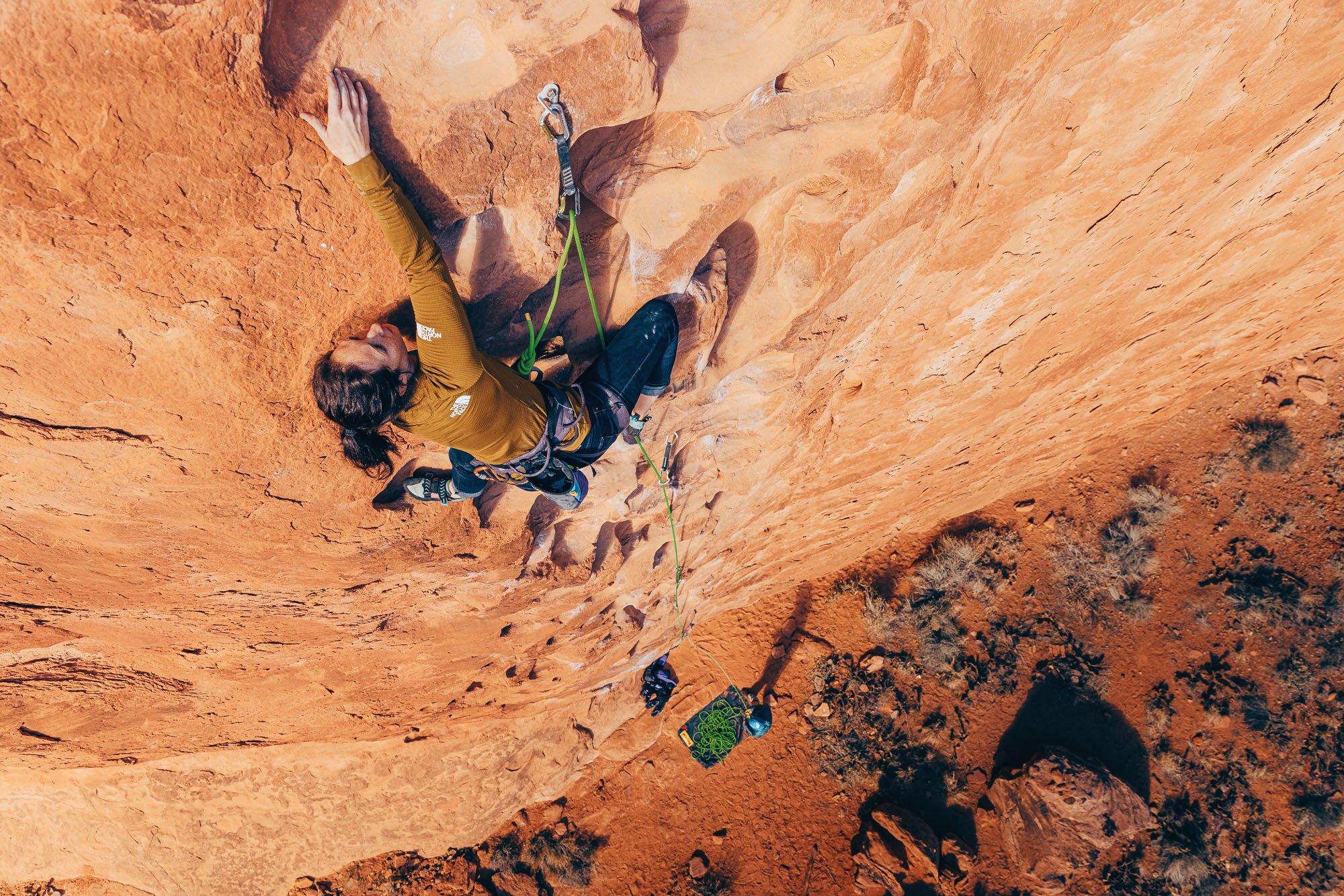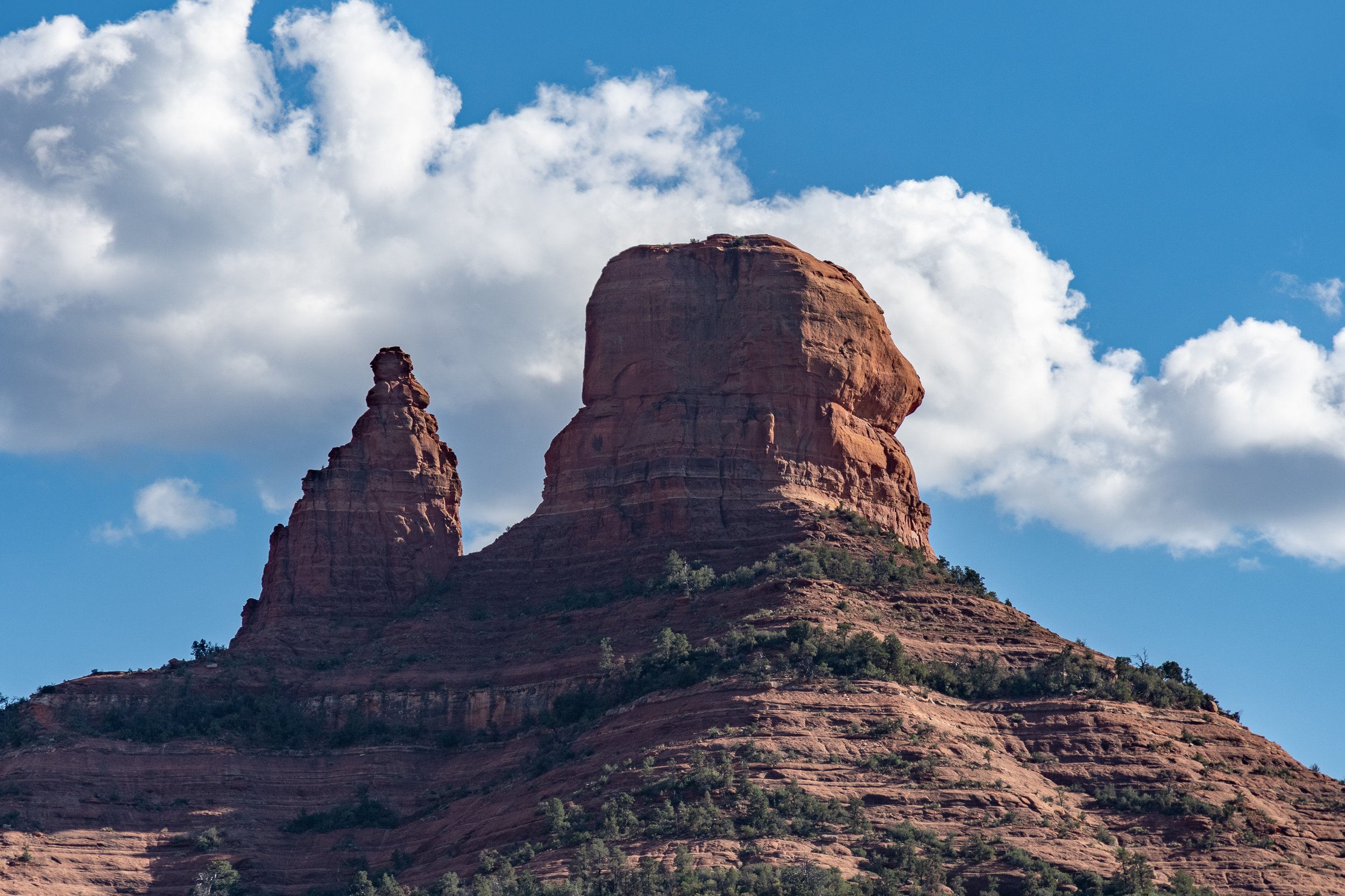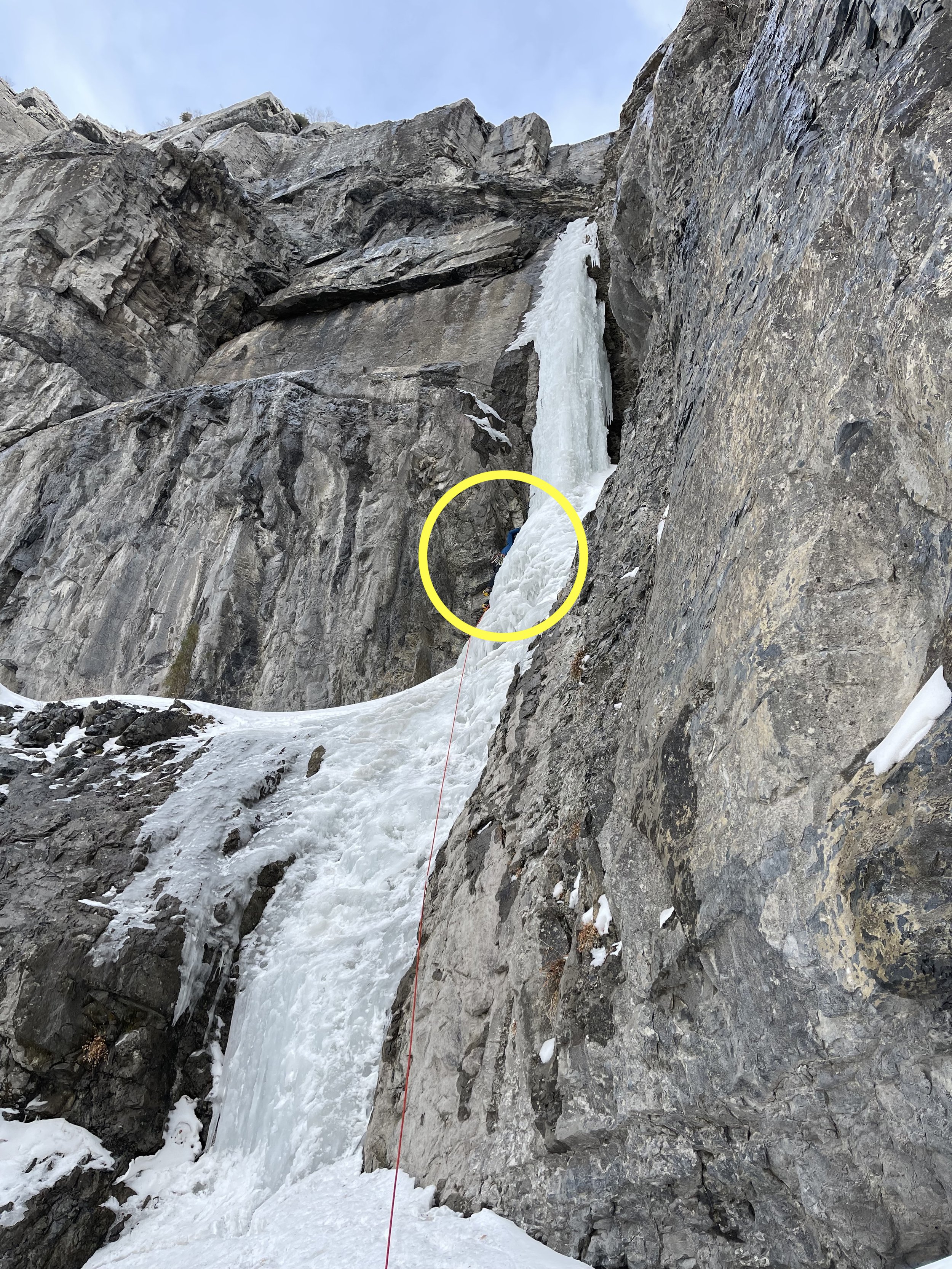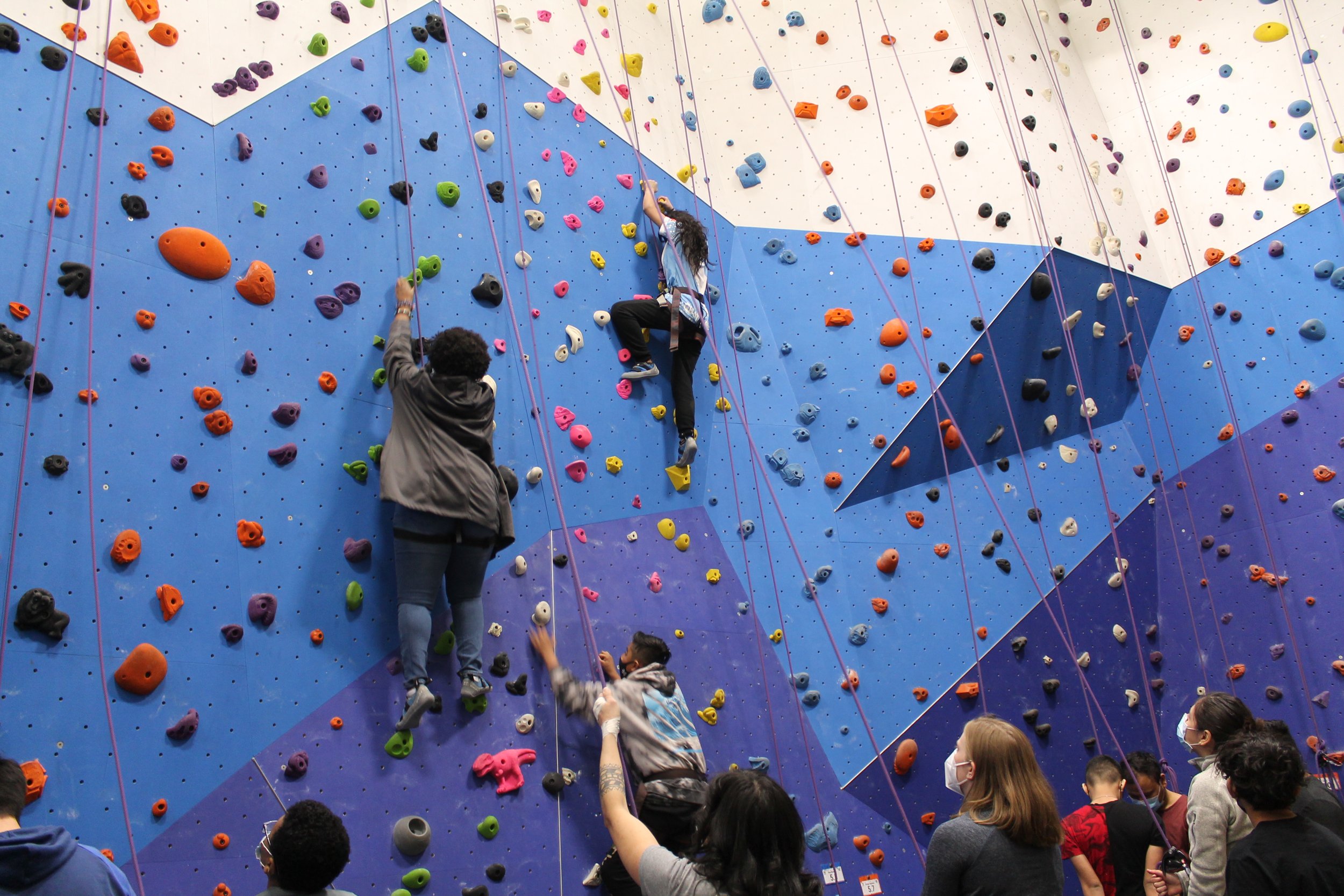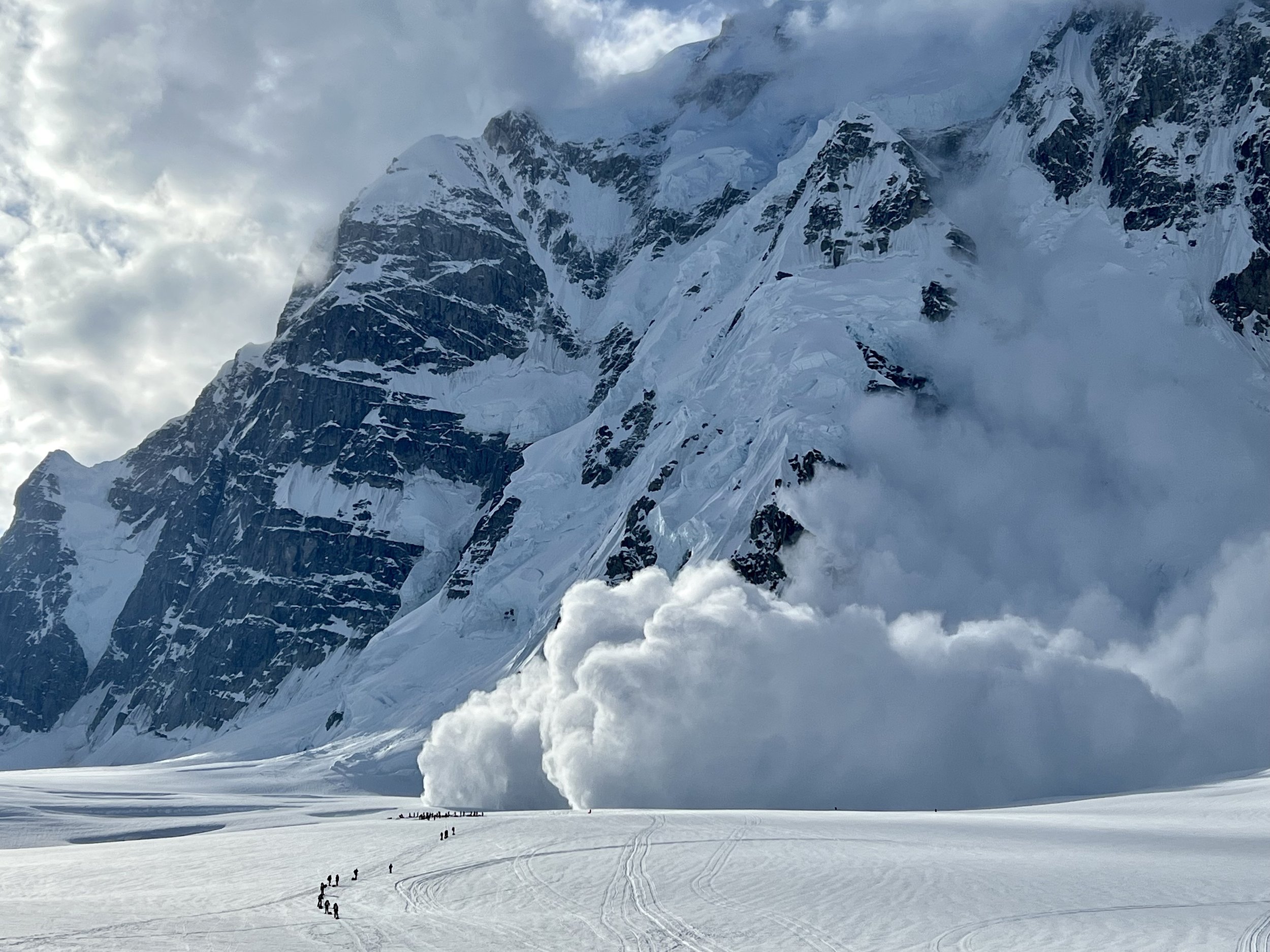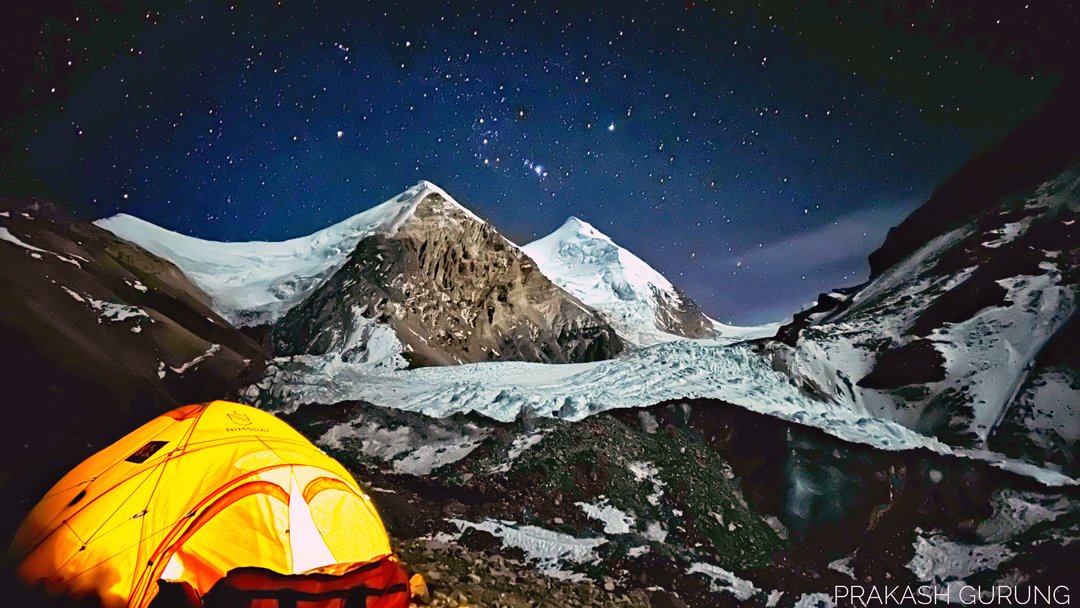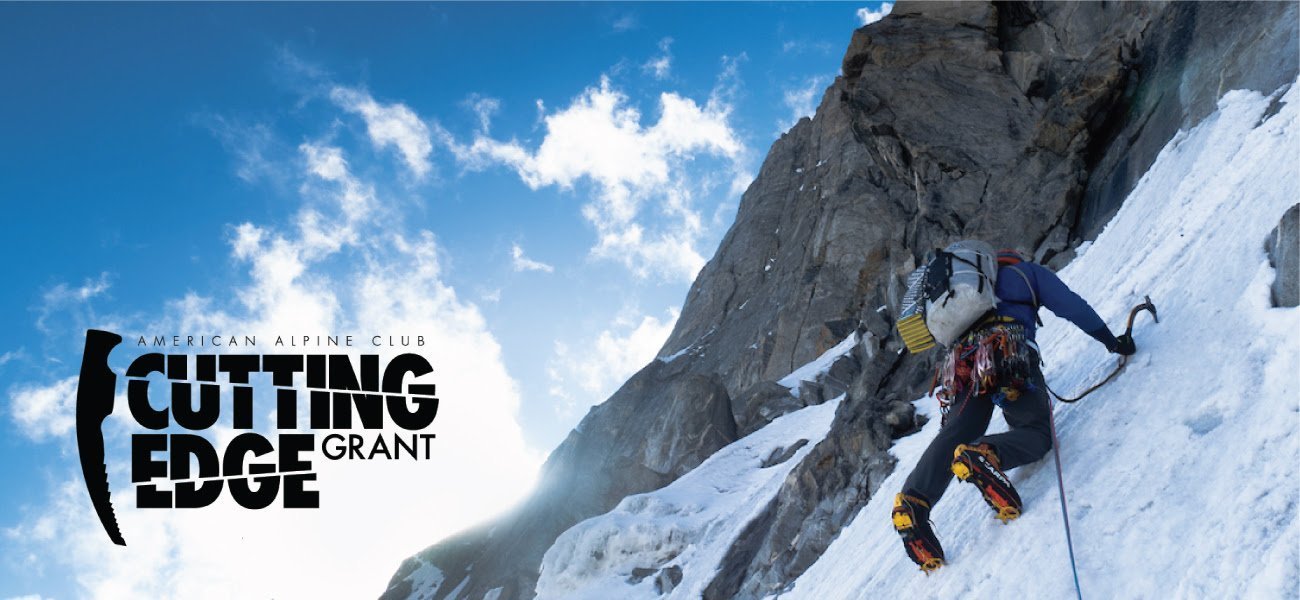PC: Mo Beck climbing; photo by Will Saunders
It’s one of the hottest topics in climbing these days: how to make the transition from gym climbing to climbing outdoors, and in a way that is safe and responsible. A lot goes into climbing outdoors that you don’t have to think twice about in the gym! In our gym to crag series, we cover some of the key principles so that you can be more prepared, or so that you can educate your friends well as you mentor them outside!
Gym to Crag: New Questions to Consider
Our favorite part of this episode is that it was made a couple years ago, and Kai Lightner is a BABY. Oh how time flies…We also cover things like wearing a helmet, rock fall, the approach, uneven terrain when belaying, catching bigger falls, run-outs and more!
Gym to Crag: Stewardship and Environment
Climbing gets more complicated outside, but so does everything else—like eating, trash, and disposing of human waste. This video covers the outdoor ethics that all climbers need to know and practice to be responsible stewards of the crags we all love. Topics include staying on trail, packing out human waste and litter properly, leaving what you find, and more! Basically: wag bags are your new best friend.
Gym to Crag: Interacting with Others
Not going to lie, we know a lot of seasoned outdoor climbers who could brush up on these skills—especially making a respectful but efficient intervention when someone is climbing unsafely. In this installment of Gym to Crag, we cover the ways that risk and safety is amplified outside—and the best way to make sure those around you are respecting nature and each other as much as you do ;)

